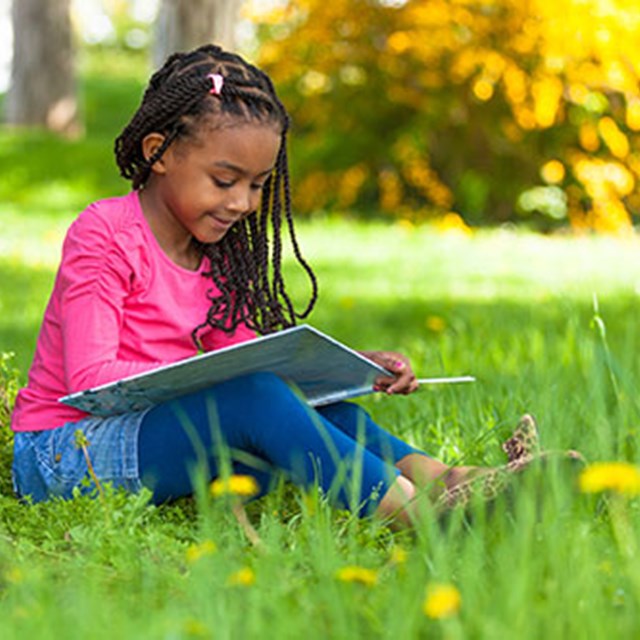
By the time we reach adulthood, most of us know that reading is one of the most important developmental tools we have as human beings. From an early age, reading changes the way our brains develop, teaches us how to relate to and communicate with other people, and helps us understand the world in brand new ways. For children, reading isn’t just about literacy. The very act of reading can help a child receive a host of educational, cognitive, neurological, psychological, and emotional benefits that extend throughout their lives.
Parents and caregivers play a crucial role in helping their child not only learn to read, but also to help them develop a love of literacy—right from the beginning of life. To help children turn that first page, here are some tips to help build a love of reading (and writing!) at every age.
Education experts all agree how important reading is to a toddler’s intellectual, social, and emotional development. When a parent or caregiver reads with a toddler, they learn vocabulary and language structure, numbers and math concepts, colors, shapes, animals, opposites, manners, and all kinds of useful information about how the world works.
Zero- to two-year-olds
To get started, Sesame Street in Communities recommends the following:
- Read aloud with your child on a daily basis right from the beginning of life. Babies may want to play with the pages, while toddlers may want you to read the same story over and over again (be patient!).
- Be sure and point to and name the pictures as you read to them.
- Throughout the day, point out and read words all around you, including street signs, storefronts, cereal boxes, and magazines.
- Encourage a child to scribble freely. Over time, you can give your child a chunky crayon. He’ll be delighted to see that he can use it to scribble on paper!
Two- and three-year-olds
- Listen to your toddler and respond lovingly to what they say.
- Point to and name letters, words, and objects around you.
- Make up fun songs and stories using rhyming words and melodies.
- Allow a toddler to read the same book over and over.
- Encourage them to draw or scribble and tell you about what they’ve drawn.
Three- and four-year-olds
- Keep an abundant supply of writing tools (pens, pencils, paper) on hand.
- Explain any new words in a story.
- Play with rhyming words.
- Write down the stories they tell about their drawings and then go back and read them together.
- Begin visiting the library regularly.
Four- and five-year-olds
- Label items like bookbags with their names and help them write their own names.
- Help them recognize the letters in their names and point them out when you see them in books or on signs.
- Encourage them to tell their own stories. Then, write them down and invite them to draw pictures to go with the words. You can read them again and again together!
- Point out letters and words in signs.
- Get them their own library card.
For more ideas on how parents, caregivers, and teachers can encourage an interest in reading and writing, click here.

